How we abandoned the big hackathon and began to make trips for individual teams
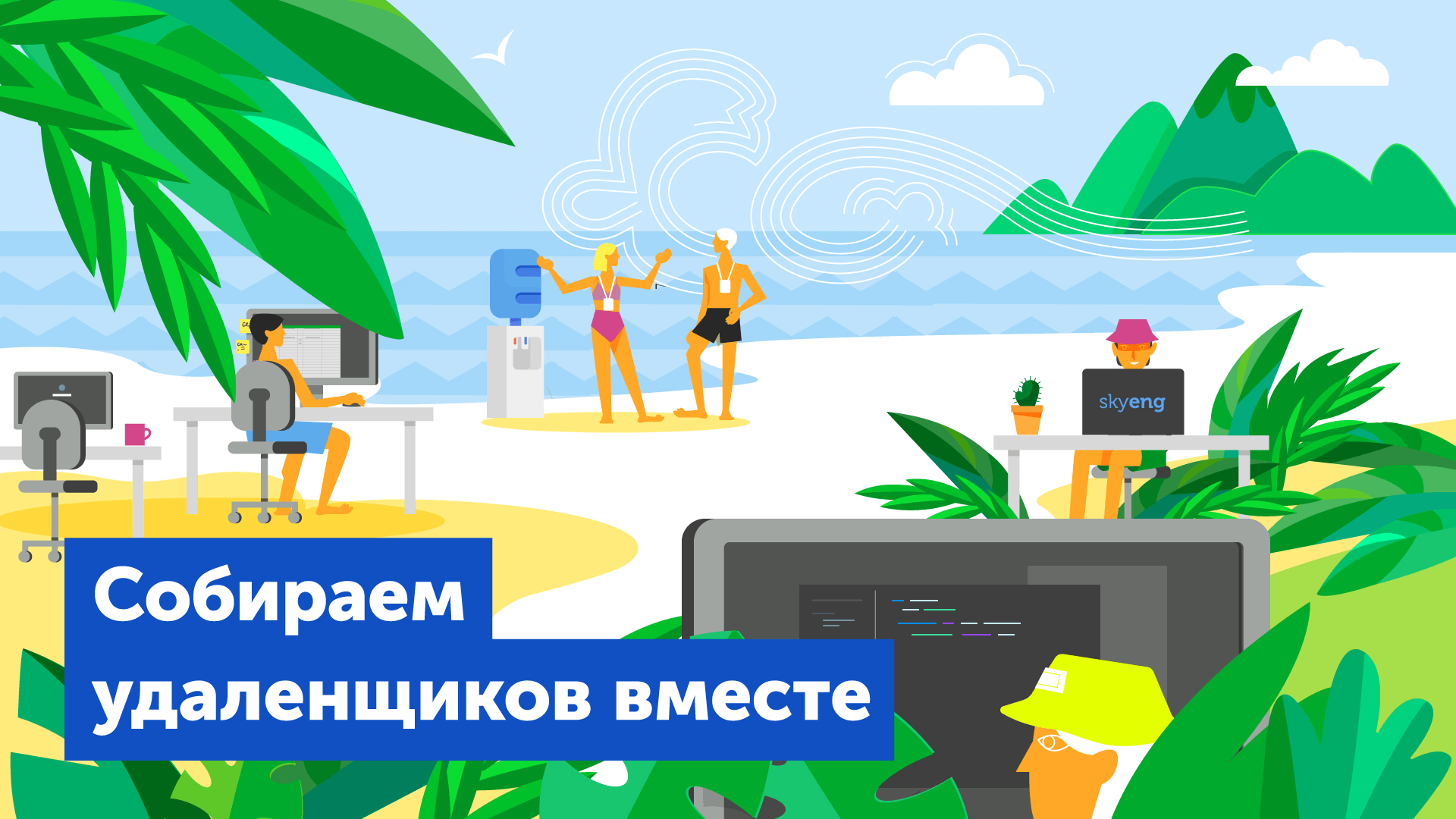
Two years ago, for the first time, we decided to bring together nearly fifty of our remote developers and products together and introduce each other in a pleasant relaxed atmosphere. So there was a hackathon near Chekhov in the suburbs, it was great, everyone liked it and everyone else wanted it. And we continued to bring our remote developers together “live”, we just changed the format: now this is not a common hackathon, but field trips of individual teams. This article is about why we switched to the new format, how it is organized and what results we got.
Why team trips?
Since the time of the first hackathon , the development team has grown almost three times, and the idea of taking everyone together has ceased to look attractive. Causes:
- Complicated logistics. Finding a place for one and a half hundred people and ordering a charter is half the trouble, it is much more difficult to choose a place and time for the general departure that suit everyone. In this case, in any case, someone key will fall off.
- The main point of the event is lost - team building. Such a large crowd will inevitably fall into small groups, but these small groups are not formed according to the team principle. Our corporate experience shows that people with the same functions usually hang out with each other, but from different teams - analysts with analysts, QA with QA, they know each other well and discuss their professional topics. And we need to introduce and make friends of the guys inside each team.
- As a result, everything turns into a corporate party and a fun drink, and this is a completely different type of event, and we conduct it separately.
Having realized this, we developed a format for annual (sometimes more often) team trips. Each such exit has a specific goal, formulated consciously and in advance using the SMART technique (specific, measurable, achievable, reinforced and time-bound goal). This is an opportunity to change the situation, work alongside a colleague whom I had previously seen only in Hangouts, and increase work efficiency, which will subsequently affect important metrics for the product.

Departure Formats
Hackathon A motivational story that makes you feel like part of a large project. The team pauses all current affairs, breaks up into small groups, checks several often insane hypotheses, discusses the results and invents something completely new at the output. The Vimbox team made such a trip last year, and a new interface for the student’s video call with the teacher, Real Talk, was invented, which has now become the main one for platform users.
Synchronization Bringing together very different people - usually developers and businesses - to better understand Wishlist and opportunities. A typical example is the departure of the CRM team, which plunged into the forests of the Moscow Region to discuss the expectations of the system they are developing. Everyone spent one day with the founder of the company, remembered the story - the first CRM was a paper file , the next step in automating the database was a Google spreadsheet, and only then one developer wrote a CRM prototype ... The next day, the team met with business customers. Everyone began to better understand what they needed, on what to focus their attention.
Team building The main idea is to show the guys that they work with people, and not with chat rooms and video calls. The most common travel format, during which the working context does not break, everyone continues to solve daily tasks, but all sorts of joint activities are added to them. It is especially important when the team for the year has grown a large number of new remote people who have never met each other personally. It gives a good basis for future collaboration, but keep in mind that productivity decreases during such a trip, so it is better to conduct them once a year.
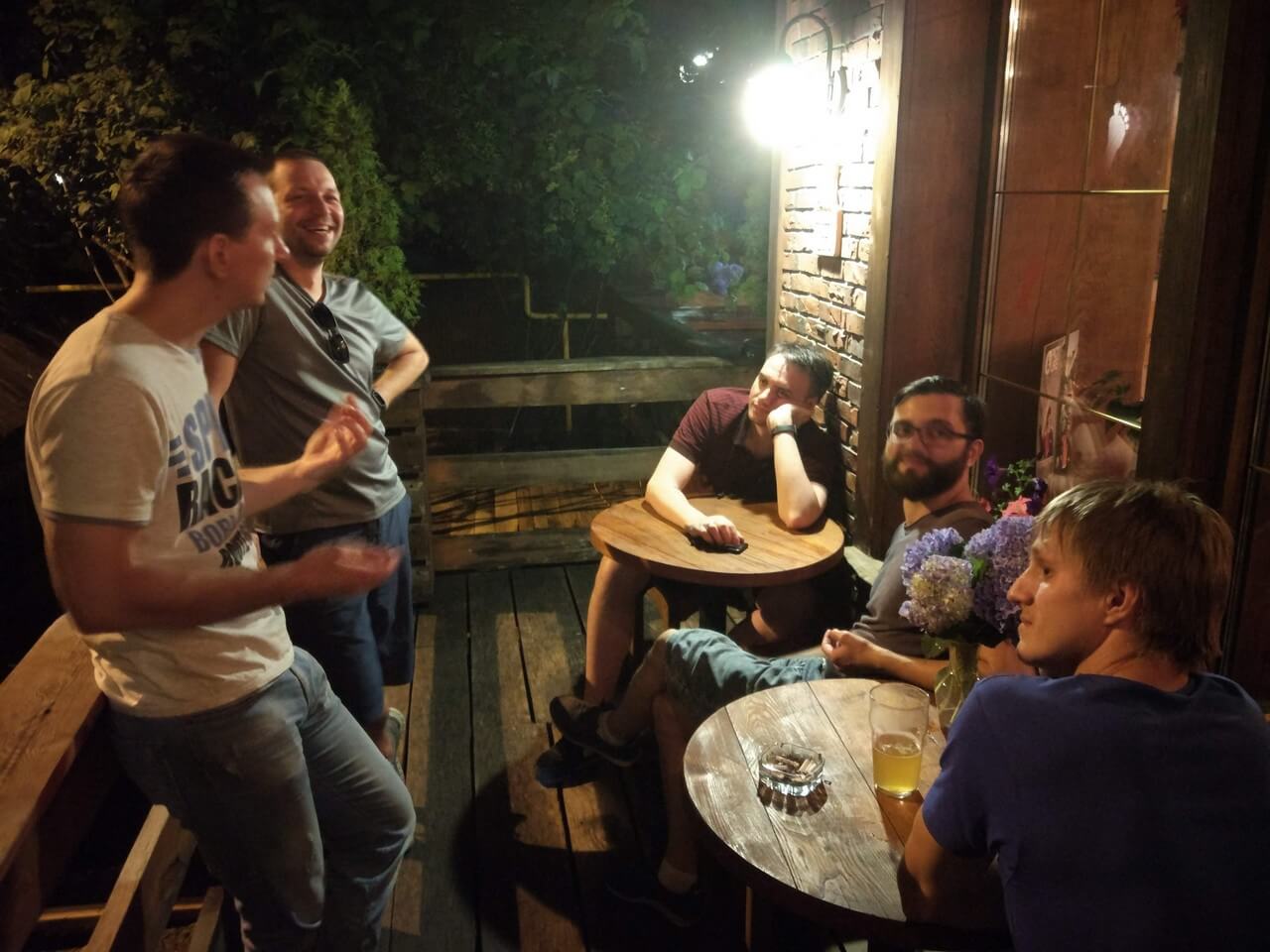
Who is coming from the team?
From the team there should be representatives of all contour lines:
- Product
- Analytics
- Dev
- Design
- QA
The final list of participants is determined by the product manager, guided by the purpose and objectives of the exit, as well as the performance of employees.
How much is?
The total cost of departure depends on the budget of the team, most often it is 30-50 thousand rubles per person, excluding the salary. This includes tickets, accommodation, breakfast, sometimes something else, if the budget allows, but certainly not alcohol, it’s yours.
A team trip is not a vacation, the guys go to work, not to rest. Weekends and holidays count as normal. Therefore, we avoid peak "vacation" dates when tickets and accommodation are sky-high, but of course we do not send anyone to where it is cheap, but where nobody wants to.
In general, the team first determines the dates when everyone can, and expresses its wishes for cities and countries. Further HR considers options for the selected dates and regions. The output should be something more or less average and adequate. If tickets to conditional Turkey, where the team wants, cost 35 thousand for the selected dates, and Montenegro at the same time - 25, then we will recommend Montenegro. If the scatter is 23-27 thousand, then the choice will remain with the team.
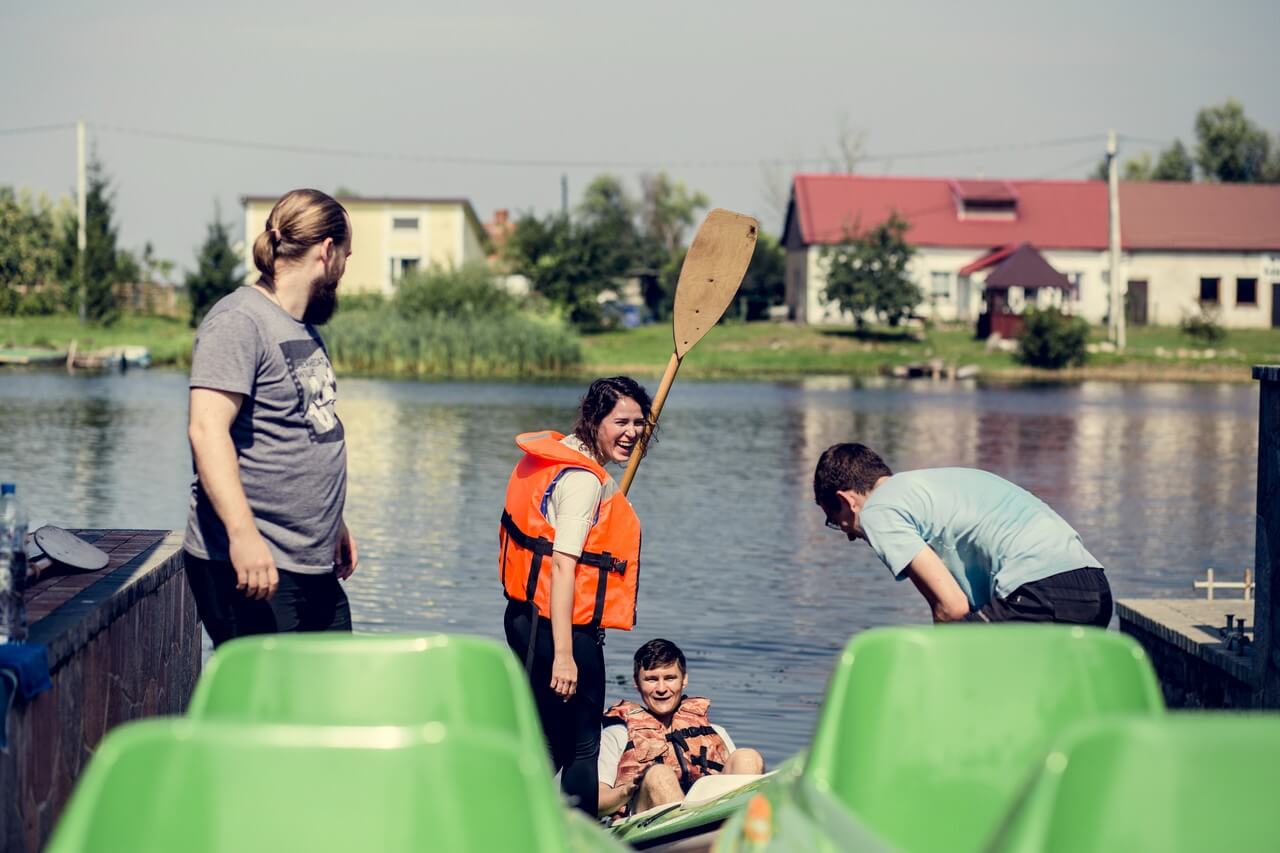
At the same time, the cost and living conditions must also be taken into account: tickets may be expensive, but this is compensated by housing. But more often the opposite. In particular, there are complex cases related to the fact that guest houses are usually designed for family vacations, rather than team trips. It is unlikely that our programmers will want to sleep on the same bed, which means that we must agree with the owner, the price is changing.
Where to go?
The team is determined with dates (at least two months in advance) and generates general wishes in the directions. On the part of HR, a project joins in helping to choose the best options for the whole team. For example, if most developers live outside the Urals, they may be interested in living in the suburbs. If the team has people from Ukraine, and even more so a country with a visa regime, it makes no sense to bring them to Russia, it is better to find something else. As a result, a list of possible directions is offered, the team votes, selecting the three best options. Further, the project studies these options in terms of cost and capabilities, and the product selects a location that fits into its budget.
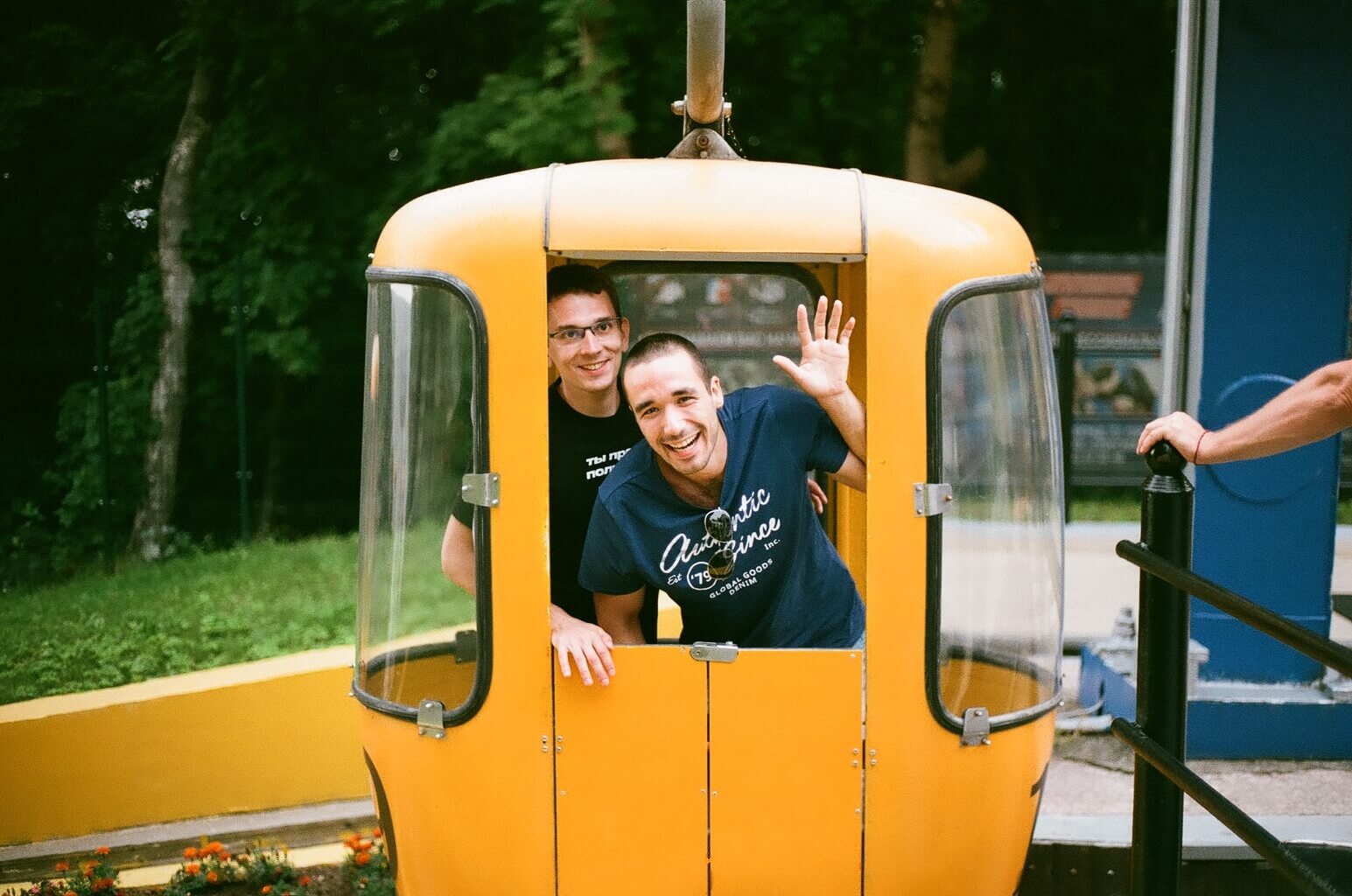
What are the requirements for the place?
There are two main requirements for the place, and they are purely utilitarian:
- good confirmed by reviews / personal experience wifi,
- A large workspace where you can arrange places for the whole team.
Any negative feedback about the quality of the Internet is a reason to abandon the location: we are going to work, the falling Internet is not good for us at all.
The workspace is either a rental of a conference room in a hotel, or a large space for 15-20 people on the ground floor, on the veranda, somewhere where everyone can get together and organize an open space.
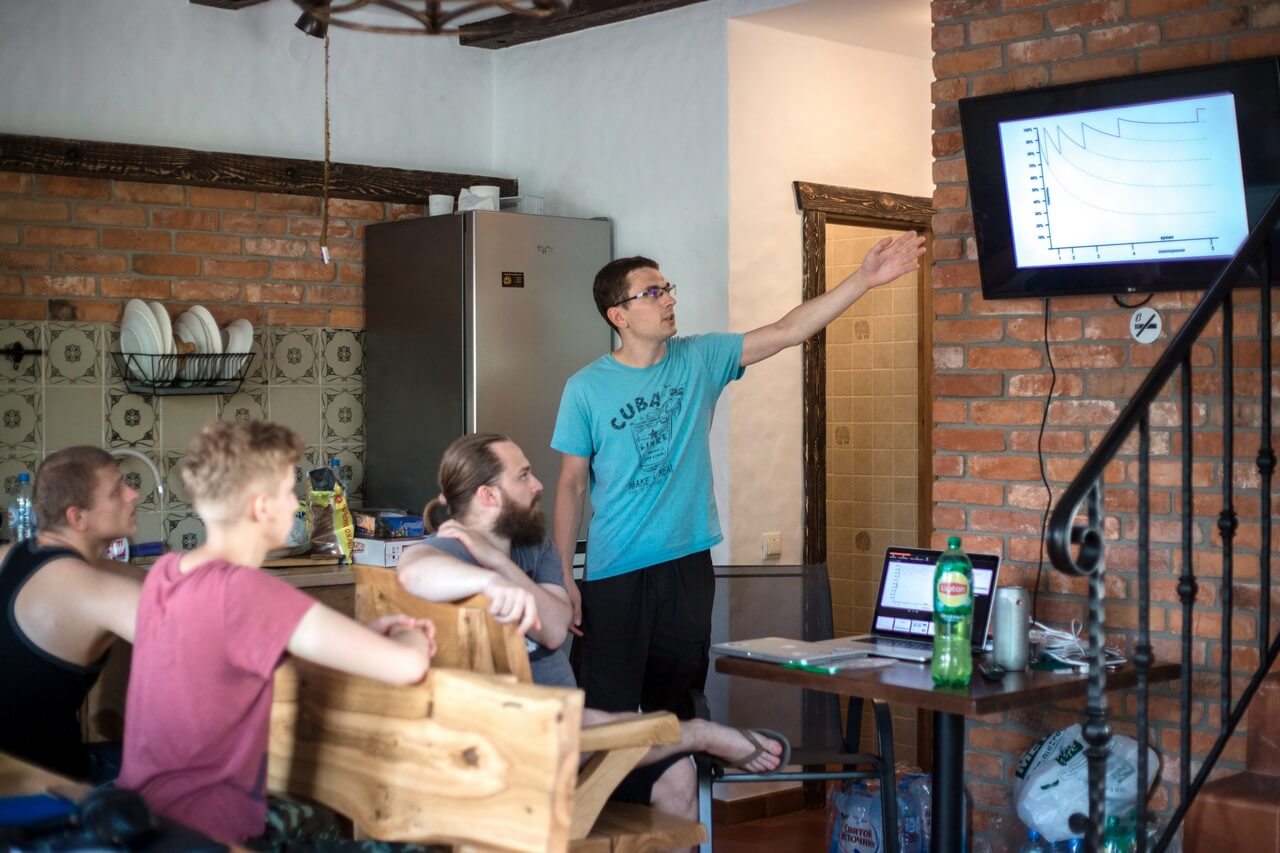
The issue of nutrition is also being worked out, but this is not necessarily a requirement for the location: it can be both inside and in the restaurant nearby, the main thing is that the children have the opportunity to eat three times a day without going somewhere for kilometers.
Who chooses the format?
The exit goals are laid out by the product team with the help of the training department, we call them Skyway: they have a super ability to pull goals and expectations out of the stream of consciousness. Skyway communicates with the product, identifies the needs of the team meeting, offers its own program options.
Such help is especially needed when there is a synchronization task, as was the case with the CRM team. Very different people took part there: tech-savvy developers and guys from the sales departments. It was necessary to get to know each other, to communicate, and at the same time not to be disconnected from the work process - at that moment the team had rather hard sprints. Accordingly, Skyway helped in organizing the process so that the work went on and the necessary meetings took place (including with the founders of the company).
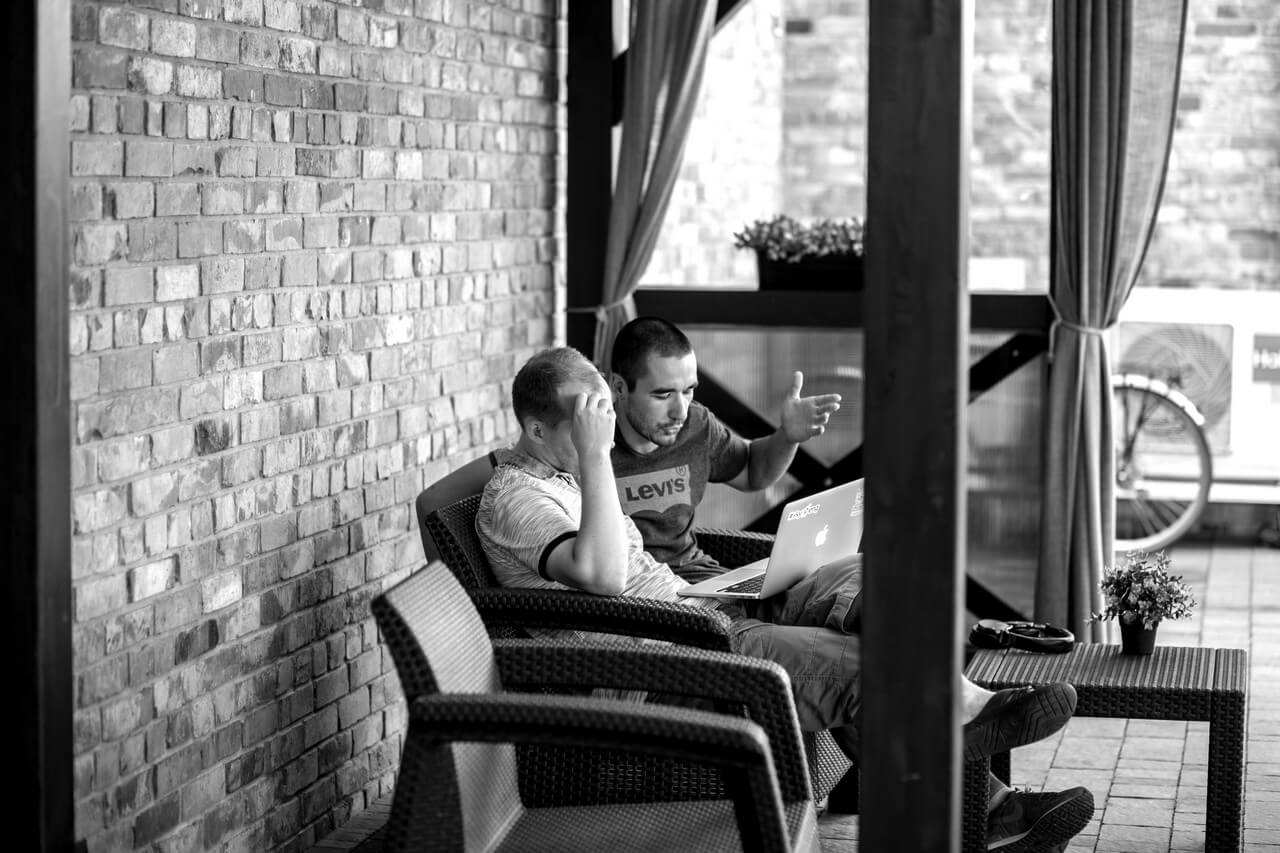
How are activities organized?
Ideas for activities come from the team, product and project manager from HR. A channel is created in Slaka, ideas are generated into it, a backlog is collected, and then the team chooses what it wants to do on the spot. As a rule, the activities are paid by the employees themselves, but there are exceptions if this is something related to the purpose of departure. For example, if it is important to talk in person without these internet of yours, then car rental, a trip to the forest, barbecue, tents will be paid by the company as part of the trip.
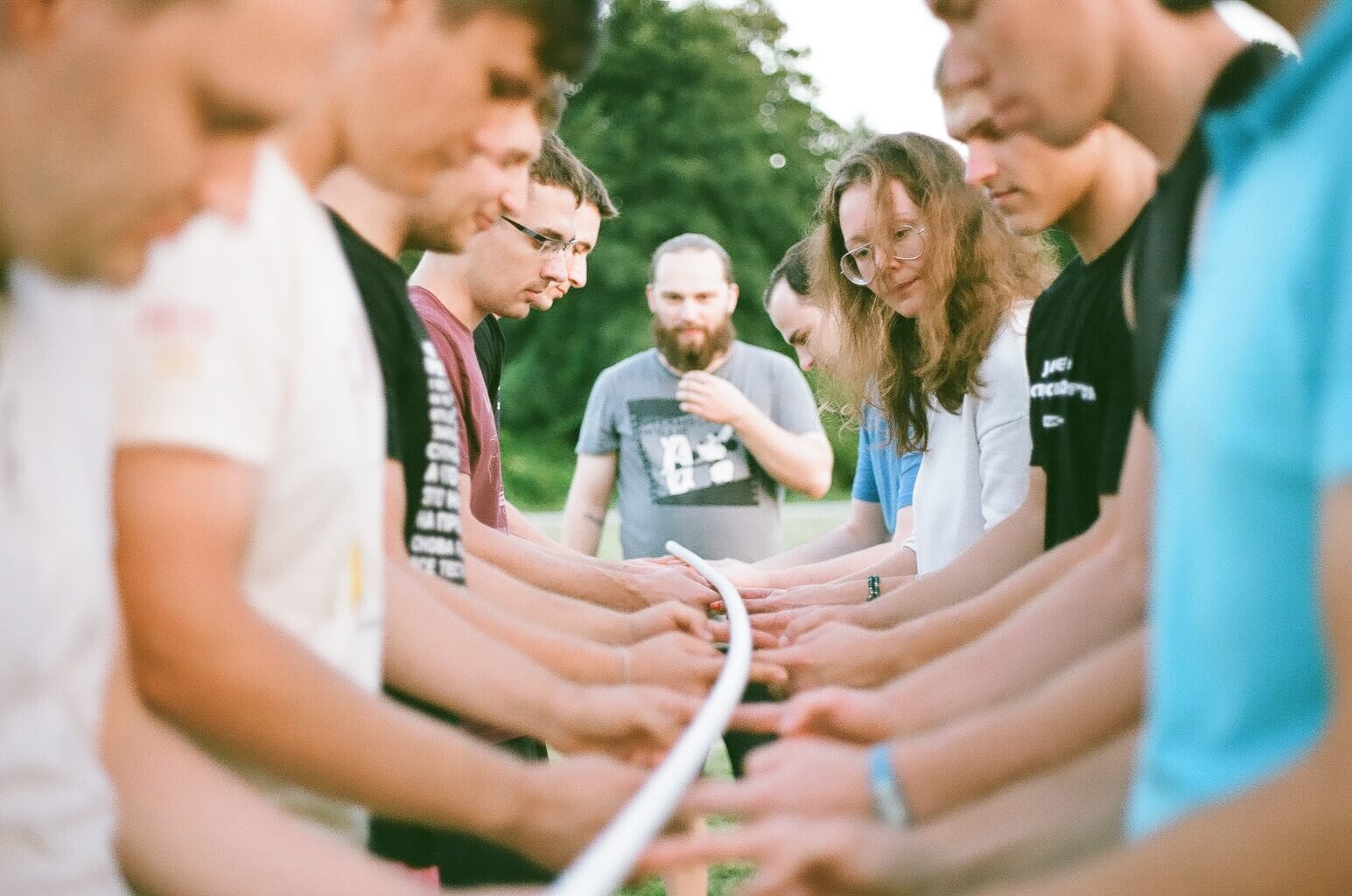
How to evaluate the results?
If the trip was a hackathon, then we simply consider how much money the invented solution brought. In other formats - we consider spending as an investment in a distributed team, this is such a hygienic minimum when teams are scattered around the world.
In addition, we find out the satisfaction of the team and the compliance of the results with the expectations of the guys. To do this, we conduct two surveys: before leaving we ask what people expect from him, and after - how much these expectations were met. According to the results of this year, we received 2/3 of the estimates “five” and 1/3 - “four”, which is higher than last year, which means that we are moving in the right direction. The fact that two-thirds of those who traveled fulfilled their expectations 100% is excellent.

National features: life hacks
For some reason, it so happened that our teams love Montenegro, it almost always leads in the list of desired locations. But with this country, as with many other small European states, there is a problem: there is quite a bit of infrastructure adapted for team trips, more and more focused on family vacations. And we have a team of two dozen people, everyone must live and work in one place, they do not want to go to a hotel, they want to go to a villa, and, of course, they do not want to sleep in the same bed.
The familiar Airbnb really could not help us. I had to look for a local realtor - it turned out to be our compatriot, working mainly with Russia. She found us a wonderful apart-hotel, the owner fulfills our wishes and turns the entire property on a turn-key basis, the realtor receives a commission, everything is great. But the invoice was not issued from the owner, but from the realtor, and it stated in Serbian that it was "payment for accommodation services."
Naturally, we tensed a little and began to get to the bottom of why. After negotiations with the realtor and the owner, we learned that this is customary in Montenegro, because there is no tradition to write everything in complex contracts with seals, an account is a sufficient document, while paying a lower tax rate to a realtor. Those. with all our furniture rearrangements and other specific Wishlist, as well as with the commission of a realtor, our amount was less than when renting the same complex through Airbnb, which includes standard rental taxes.
From this story, we concluded for ourselves that with foreign locations, especially if we understand that the direction will be involved more than once, it makes sense to spend time studying the local specifics and not rely on popular services. This will save you from problems in the future and, possibly, will save.
Another important point: you must be prepared for the unexpected and be able to quickly resolve them. For example, the billing team was going to go to Georgia. When everything was ready, the tickets suddenly turned into a pumpkin, I had to urgently look for a replacement. We found a suitable one in Sochi - everyone was satisfied.
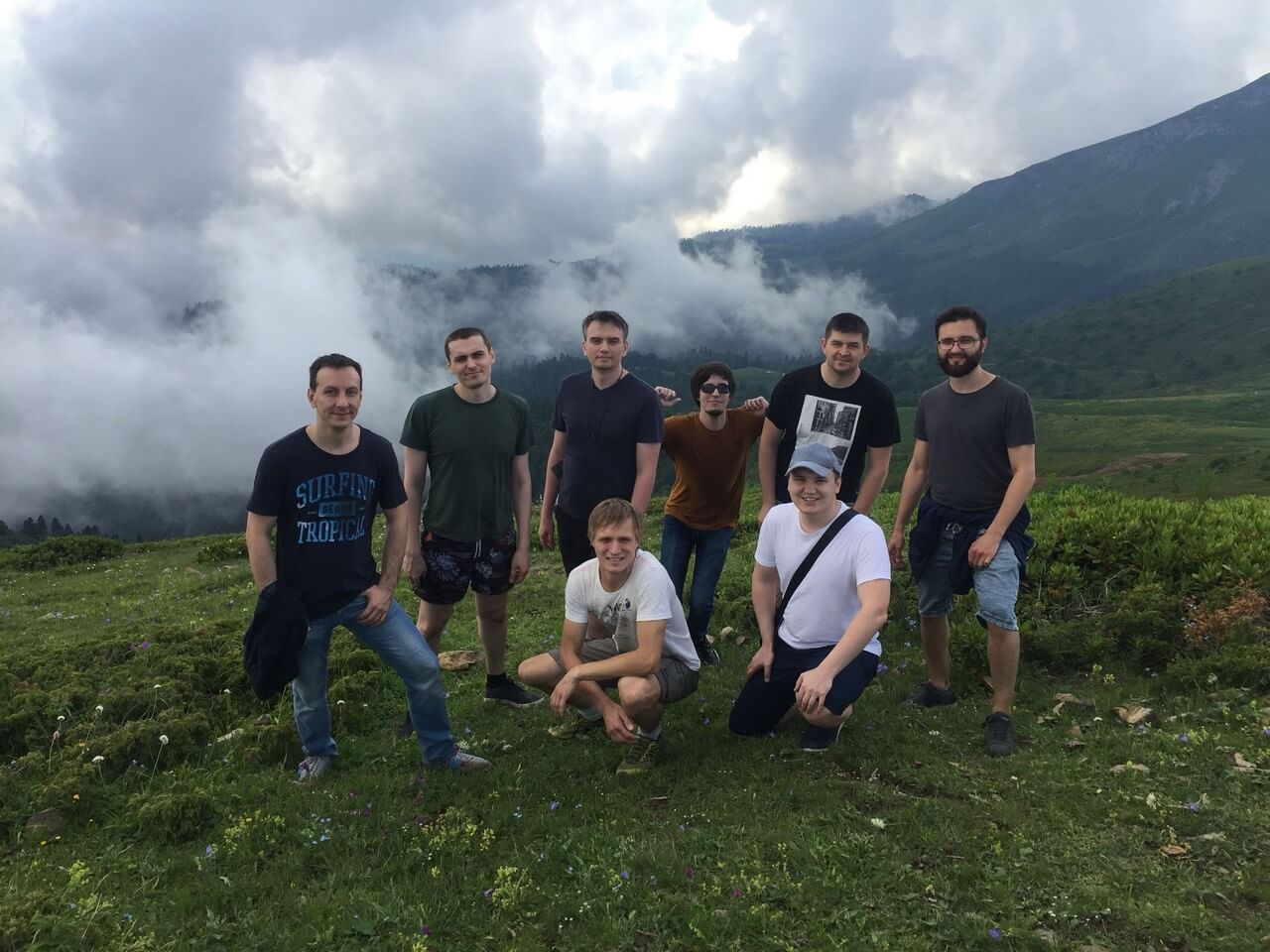
Finally, you should not strive to perfectly organize everything and give the team a kind of “complete package”; one must use her own talents. This event is not for show, it is a gathering of friends, here pictures and video from the phone are more important than any professional shooting. After CRM left, the frontend and QA processed video from phones, made a video and even a page - it is priceless.
So why is this?
Team trips increase team cohesion, indirectly affect employee retention, because people prefer to work with people rather than with avatars in Slaka. They help to understand the project strategy due to the fact that everyone is nearby and every day they say with the product the question "why is this product needed at all." On a remote site, such questions are asked only when it is completely impatient; during check-out this happens in a relaxed atmosphere.
All Articles